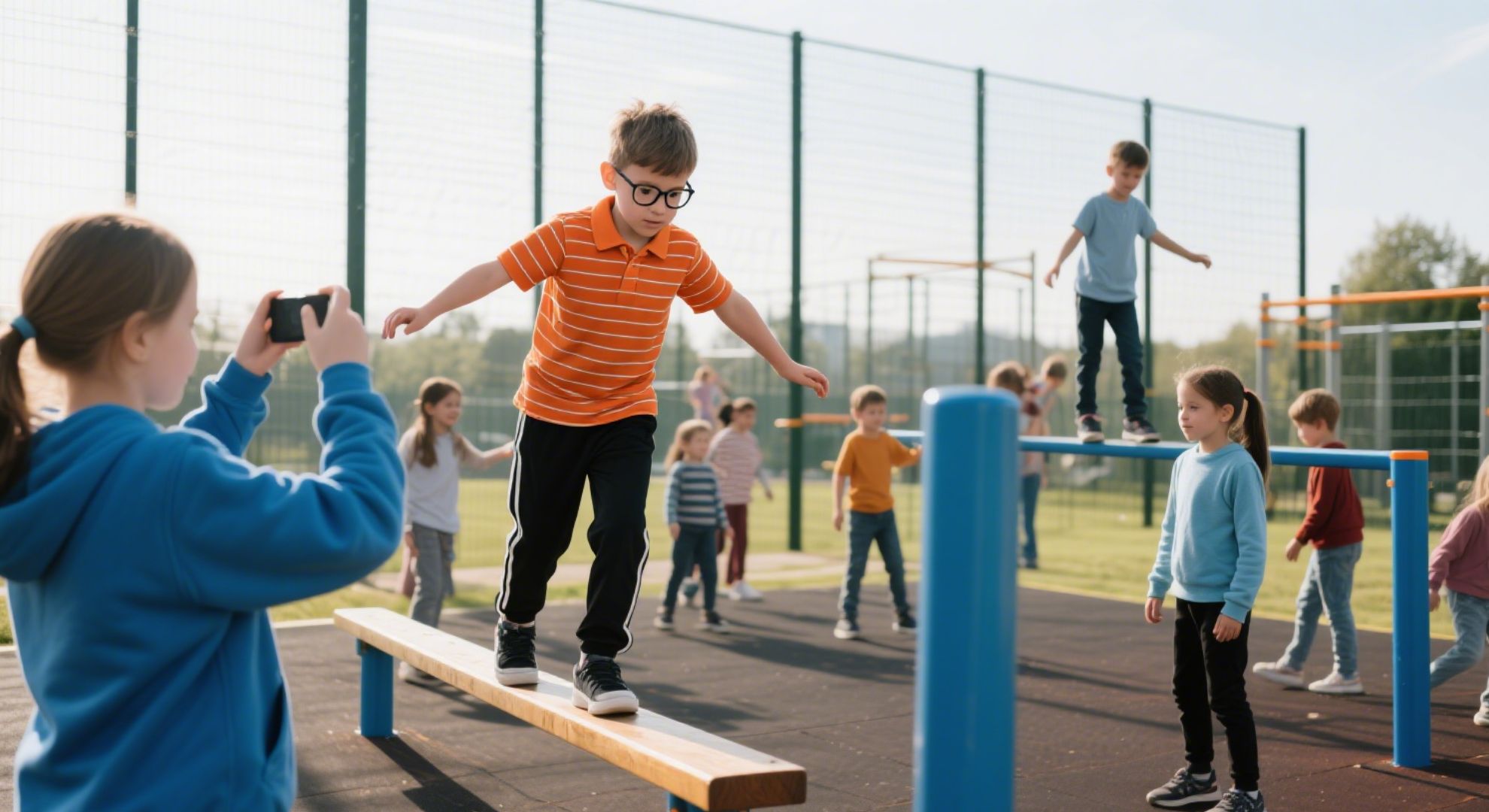Understanding the 6 Levels of Play in Childhood
2025年6月26日 / By SafeKidsPlay
Childhood play isn’t just about fun—it’s the foundation of learning, development, and social interaction. As a leading playground equipment manufacturer, we understand how different stages of play shape a child’s growth. In this article, we’ll break down the six recognized levels of play in childhood and show how carefully designed playground environments can support each stage.
1. Unoccupied Play (Birth to 3 months)
This is the earliest form of play. Babies make random movements without a clear purpose but begin learning about their bodies and surroundings.
What Supports It:
Soft padded flooring, mirrors, and infant-safe structures can safely encourage sensory exploration.
2. Solitary Play (0–2 years)
Children play alone, focused on their own activities. This stage builds independence and concentration.
What Supports It:
Standalone play panels, age-appropriate activity boards, and toddler climbers provide stimulation without the need for interaction.
3. Onlooker Play (2–3 years)
Children observe others playing but don’t join in. They learn social cues and gather information about how play works.
What Supports It:
Open playground layouts allow easy observation. Seating areas nearby can make children feel secure while watching others.
4. Parallel Play (2.5–4 years)
Kids play side by side with others without direct interaction. It’s a vital step toward cooperative social behavior.
What Supports It:
Duplicated equipment like twin slides or side-by-side panels encourages parallel experiences within a shared space.
5. Associative Play (3–5 years)
Children start to interact and share materials, but there’s little coordination of goals or roles.
What Supports It:
Sandboxes, building blocks, and water play tables foster communication, turn-taking, and basic collaboration.
6. Cooperative Play (4+ years)
This is where true teamwork begins. Children engage in shared goals, rules, and imaginative scenarios.
What Supports It:
Large multi-user structures like climbing nets, obstacle courses, and themed pretend-play stations support teamwork, negotiation, and leadership.
Why These Stages Matter in Playground Design
Each stage of play contributes to physical, cognitive, and emotional development. As a manufacturer, we integrate these insights into our product design, ensuring that every playground we build offers meaningful play value for children of all ages and abilities.
Final Thoughts
Understanding the levels of play helps caregivers, educators, and communities choose playground equipment that truly supports development. When you invest in thoughtfully designed play spaces, you’re investing in the future of every child who uses them.
Ready to Build a Playground That Supports Every Stage of Childhood?
Contact us for custom-designed, development-focused playground solutions.

